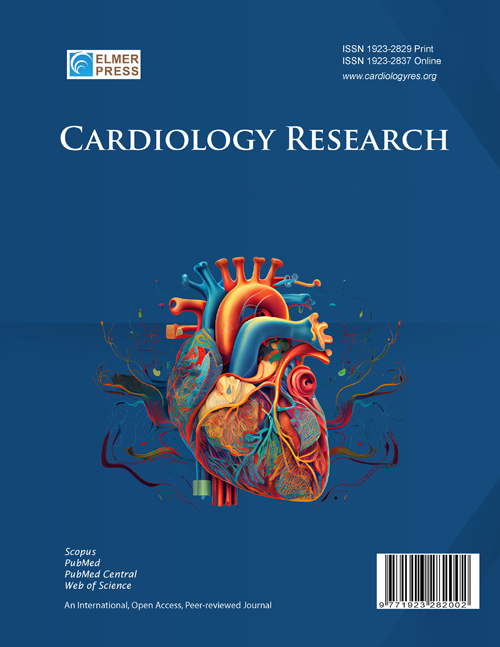BEAT-HTN India: Burden, Epidemiology, and Trends of Hypertension - A Nationwide Survey
DOI:
https://doi.org/10.14740/cr2110Keywords:
Hypertension, Diabetes, Resting heart rate, Sympathetic overactivity, India, Epidemiology, Comorbidity, Regional variationAbstract
Background: Hypertension is a growing public health concern in India, increasingly interlinked with metabolic disorders such as diabetes and characterized by significant regional and demographic variation. Despite advancements in diagnosis and treatment, control rates remain unsatisfactory. Elevated resting heart rate (HR), an emerging marker of sympathetic overactivity, may offer additional insight into the underlying pathophysiology of Indian hypertensives. The objective of the study was to assess the prevalence of hypertension across India, explore its association with diabetes, elevated HR, and regional variation, and evaluate the potential role of sympathetic overdrive as a common pathophysiological thread.
Methods: A nationwide, cross-sectional survey was conducted among 41,370 adults across 31 Indian regions. Data on systolic and diastolic blood pressure, resting HR, diabetes history, age, gender, and region were collected and analyzed to identify patterns of comorbidity and demographic distribution.
Results: Overall hypertension prevalence was 29.8% (95% confidence interval (CI): 29.4 - 30.2), higher among males, 33.2% (95% CI: 32.6 - 33.8) than females, 27.2% (95% CI: 26.6 - 27.8). A notable proportion (14.6%, 95% CI: 14.2 - 15.0) of hypertensives also had diabetes, with this comorbidity more prevalent in males (15.8%, 95% CI: 15.2 - 16.4) than females (13.3%, 95% CI: 12.8 - 13.8). The mean resting HR was 83.9 bpm across all participants, exceeding 80 bpm even among normotensives, and was highest in diabetic hypertensives (85.9 vs. 82.2 bpm in non-diabetics; P < 0.05). Hypertension was more common in older adults, males, and those residing in urbanized or rapidly transitioning regions. Though obesity data were not captured, the strong associations between hypertension, diabetes, and elevated HR point toward underlying metabolic dysfunction and sympathetic overactivity.
Conclusion: This large-scale survey reinforces the complex cardiometabolic burden in India and highlights elevated resting HR as a potential surrogate marker of sympathetic overactivity in hypertensives, especially those with diabetes. Regional and demographic disparities underscore the need for integrated, population-specific approaches that go beyond blood pressure control to address the broader spectrum of metabolic and autonomic dysfunction.

Published
Issue
Section
License
Copyright (c) 2025 The authors

This work is licensed under a Creative Commons Attribution-NonCommercial 4.0 International License.










